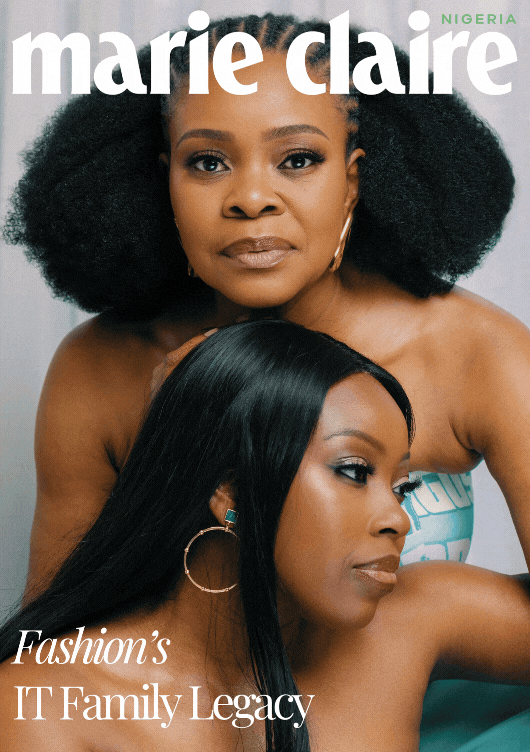Ready-to-wear (RTW) fashion is booming in Nigeria, with vibrant colours, unique cuts, and a cultural flavour that has turned the local market into a global sensation. Nigerian RTW brands have made waves from Lagos to London, celebrated by Nigerians, the African diaspora, and fashion lovers worldwide. But a deeper look reveals that many of these brands don’t actually cater to the average Nigerian—leaving a sense that RTW fashion in Nigeria is more for the diaspora and the affluent than for locals.
When RTW becomes out of reach
The heart of RTW is accessibility—pieces that are instantly wearable, trendy, and ideally, affordable. Yet, in Nigeria, the price tags often suggest otherwise. With tops priced at 50,000 naira and dresses nearing the six-figure mark, these collections are far from what most Nigerians can consider affordable. The minimum wage in Nigeria hovers around 70,000 naira monthly, and with inflation soaring, these prices create a stark divide, pushing Nigerian fashion lovers to look but not touch. As a result, it sometimes feels as though RTW brands are positioned with an international or high-income audience in mind.
Many Nigerian RTW brands face high production costs, sourcing quality fabrics, maintaining skilled labor, and dealing with unpredictable import duties. For local brands competing on the global stage, pricing to international standards often isn’t just a strategy but a necessity. Additionally, Nigerian designers cater to the diaspora—a market that often has the purchasing power to support these costs. The brands must balance this demand for affordability at home with their need to remain competitive and sustainable globally.
Size-inclusive or size-inflated?
A curious trend also complicates this narrative: some RTW brands charge more for larger sizes, a practice that raises ethical concerns and alienates many potential customers. While fabric costs may increase with size, the added charge often feels like a penalty on anyone outside the “standard” size range. This isn’t just a Nigerian issue—it’s a global one. But for Nigerian brands, where body positivity and inclusion are becoming more prominent, this choice doesn’t just seem out of step; it feels dismissive of the people they claim to represent. But while global brands are beginning to address size inclusivity without increasing prices, smaller Nigerian brands may not yet have the resources to absorb these costs.
Balancing aspirational and accessible fashion
The Nigerian RTW industry walks a tightrope between exclusivity and accessibility. On one hand, they are creating high-quality, aspirational pieces that put Nigerian fashion on the map. On the other, they risk becoming disconnected from the very people they represent.
Why should RTW be local-first?
Fashion should be for the people, but Nigerian RTW brands seem caught between local and global markets. Catering primarily to the diaspora is understandable, given the economic realities. But this direction turns RTW into a status symbol for Nigerians at home, and for a brand that speaks about Nigerian culture, this trend seems contradictory. Brands have to consider a way to cater to both the diaspora and those at home, perhaps offering pricing models or local-friendly collections that make RTW fashion accessible to Nigerian consumers.
As Nigerian ready-to-wear brands continue to rise, there’s an opportunity to bring the industry closer to home by embracing inclusive pricing, size accessibility, and collections that resonate with everyday Nigerians. Fashion should unite us and reflect our shared culture, not create barriers. If “Made in Nigeria” is to be a source of pride, it could also be more accessible to those whose stories and heritage it represents.


